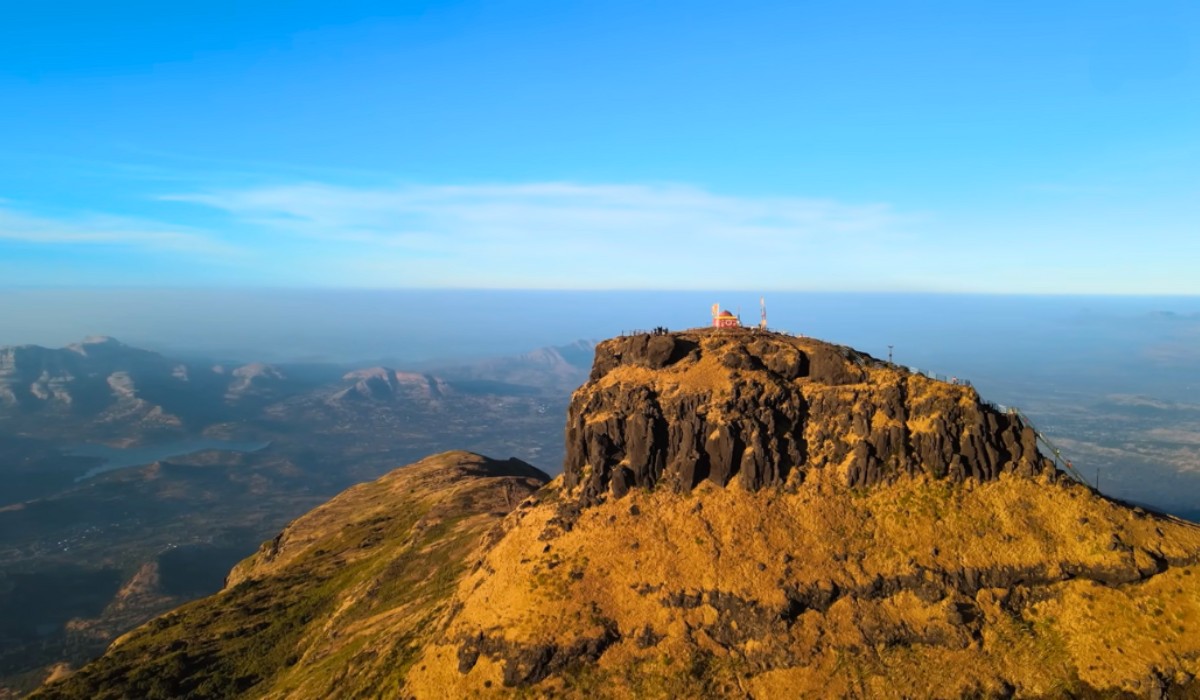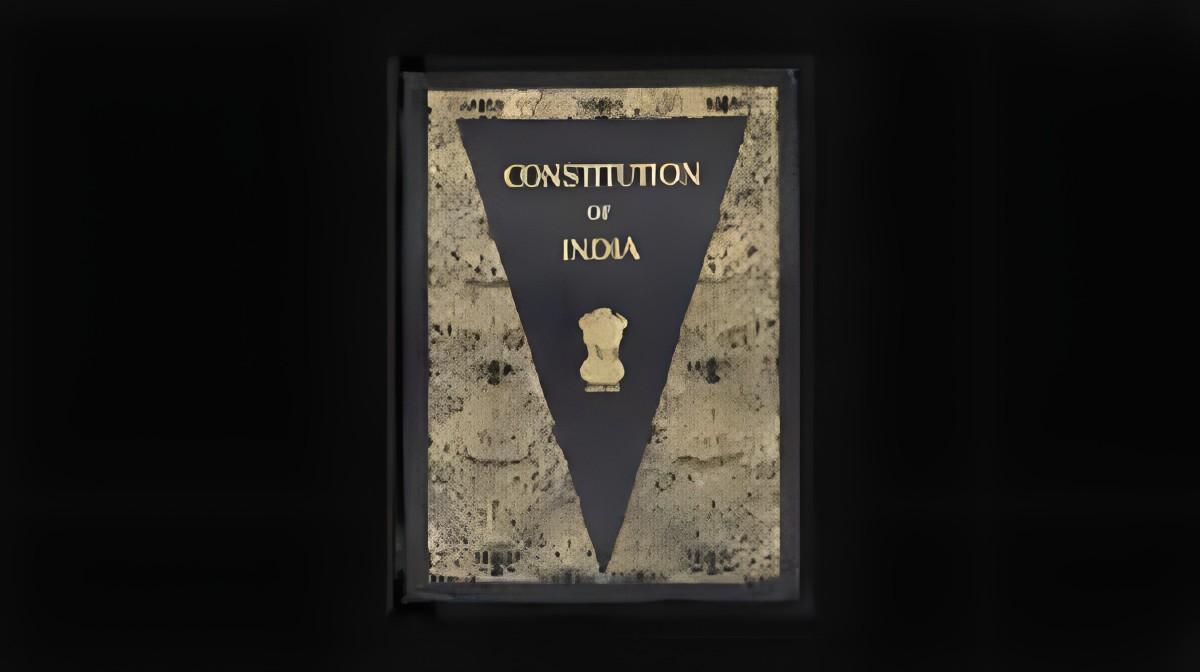When delegates from nearly 200 countries gathered in Belém, Brazil, for COP30 in November 2025, they faced extraordinary pressure: the world is seeing more intense storms, rising seas, wildfires, floods and heat — vulnerable countries — including India — are already feeling the strain. As the summit concluded, participants delivered a mixed bag of hope and frustration. Some steps moved the global climate fight forward; others fell short of what science demands.
Also Read: Brazilian Model Larissa Responds to Allegations of Rahul Gandhi’s Vote Chori Connection
What COP30 Actually Agreed: Progress — and Gaps
✅ Key Wins: Finance, Inclusion, Implementation
- COP30 adopted what it calls the “global mutirão” — a call for collective global efforts to fight climate change. Under this agreement, participants committed to substantially increase financial and technical support for vulnerable and developing nations.
- The summit agreed to triple adaptation finance by 2035 (up from current levels). That means more funds available for poor or climate-vulnerable countries to build resilience: protecting communities from heatwaves, floods, droughts, coastal erosion, and other climate impacts.
- COP30 launched the Global Implementation Accelerator — a two-year programme aimed at closing the gap between countries’ current climate plans and the more ambitious goals necessary to limit global warming. It aims to speed up deployment of clean energy, nature-based climate solutions, methane reduction, and capacity building in developing countries.
- The summit also introduced a just transition mechanism to support workers and communities that may be affected by a shift from fossil-fuel based industries to cleaner energy — attempting to ensure that climate action does not leave vulnerable populations behind.
- COP30 broadened climate diplomacy by formally recognizing the role of subnational governments (cities, states), indigenous peoples, women, and local communities for climate action. It also adopted a renewed gender and climate action plan, linking climate justice with equity and inclusion.
These moves represent a clear shift: COP30 tried to move beyond rhetoric and build tools for actual on-the-ground climate action.
⚠️ What COP30 Did Not Do: Big Gaps Remain
- COP30 failed to adopt a binding global roadmap to phase out fossil fuels. Although more than 80 nations supported explicit language calling for a fossil-fuel phase-out, powerful oil and gas producing countries blocked consensus. The final agreement omitted any mention of “fossil fuels.”
- As a result, the commitment to shift away from fossil-fuel dependence remains voluntary and non-binding. Host-country leadership (Brazil) announced that it will pursue parallel “voluntary” roadmaps — one for transitioning away from fossil fuels, and another for halting/reversing deforestation — but these fall outside the formal UN decision text and remain contingent on individual nations’ willingness.
- Observers and many climate-vulnerable nations regard the outcome as insufficient given the scale of the climate crisis. Even with enhanced finance and support mechanisms, critics argue the lack of mandatory fossil-fuel exit and weak enforcement mechanisms leave the world dangerously short of the rapid emission cuts science says are needed.
- While COP30 emphasised adaptation and building resilience, many developing nations — including India — still face substantial challenges to convert climate commitments into investment-ready, actionable national projects. The financial pledges, though larger, remain vague in many respects: timelines, sources of funds (public vs. private), and accountability mechanisms need more clarity.
What It Means for India Specifically
For India — a populous, developing, climate-vulnerable country — COP30’s results carry a mix of promise and caution:
- The tripled adaptation finance and new mechanisms could help India better cope with extreme weather: floods, erratic monsoons, heatwaves, and coastal change. This support could finance national adaptation plans (NAPs), early-warning systems, and infrastructure resilience, relieving some pressure off government budgets.
- The “just transition mechanism” provides India a framework to manage its shift away from coal and fossil-based energy, protecting workers and industries during a structural transition. Given India’s size and dependence on fossil-fuel energy, this is crucial for a socially equitable energy transition.
- The launch of the Global Implementation Accelerator offers India access to technology support — renewable energy, clean tech, capacity building — which can help accelerate India’s clean energy commitments.
- But because the fossil-fuel phase-out remains voluntary and nonbinding, India — like other developing nations — may lack external pressure and support to rapidly divest from coal and oil, especially given domestic energy and development needs. As a result, India might still continue significant fossil-fuel use for years — risking higher emissions, local pollution, and climate impacts.
Implications for the World: Why COP30 Matters — and Why It Isn’t Enough
A Shift from Negotiation to Implementation
COP30 marked a turning point: global climate diplomacy has moved from decades of negotiations to a new phase of implementation. The focus has shifted toward actual climate action: financing adaptation, building resilience, mobilizing technology, supporting vulnerable communities, and enabling equitable energy transition. This shift matters — because global warming doesn’t wait for perfect consensus.
💡 A Chance — and a Warning
The tools launched at COP30 (finance, accelerator, transition mechanism) create a genuine opportunity for countries around the world — especially developing nations — to start transforming economies, infrastructure, and energy systems. However, without a firm fossil-fuel exit, and without concrete emission-reduction commitments, the world risks falling short of the goals set under the Paris Agreement.
In effect: COP30 offers a blueprint for long-term climate action — but only if countries act on it. If they don’t, the increased climate finance and good intentions may prove too little, too late.
What’s Next: Where the Focus Should Be Now
- Countries must convert COP30’s commitments into national-level action plans, backed with concrete timelines, transparent funding, and accountability.
- Developing nations — including India — should leverage global finance, technology transfer, and the accelerator to build climate-resilient infrastructure, early-warning systems, and sustainable livelihoods.
- Rich/emitting countries must deliver on promised climate finance — especially adaptation and loss-&-damage funding — and offer fair, affordable access to clean technology to poorer nations.
- The upcoming 2026 follow-up conferences — including the planned summit on fossil-fuel phase-out and deforestation — must push for binding commitments, not just voluntary roadmaps.
Conclusion
COP30 did not deliver the sweeping fossil-fuel exit many hoped for. But it did usher in a new era — one focused on actionable climate solutions: scaling climate finance, empowering vulnerable communities, supporting just energy transitions, and investing in implementation.
For India and many developing countries, COP30 offers real tools to tackle climate risks. But whether those tools become transformation depends on political will, public pressure, and timely action. In short: COP30’s promise is real — but turning it into a safer, greener future demands sustained global effort.
Also Read: Climate Change in 2025: Are We Too Late to Reverse It?











